We all know the poster animals of extinction—pandas, rhinos, tigers.
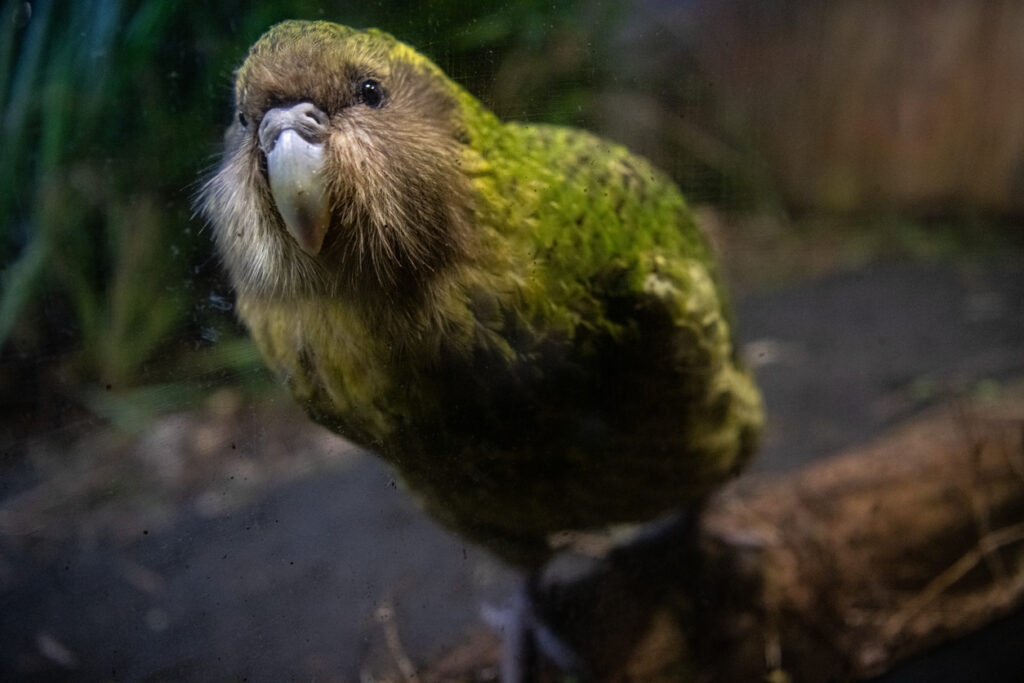
However, hidden in remote forests, strange deserts, and even mountain caves are creatures so rare, most people have no idea they exist. Some are down to just a handful of individuals. Others were assumed extinct until someone stumbled upon one decades later. These animals aren’t just fascinating—they’re in urgent need of protection. Here are 13 of the rarest animals on Earth, plus what’s actually being done to save them.
1. Saola (aka the Asian unicorn)

The saola lives in the Annamite Mountains on the Laos-Vietnam border and is so elusive that it’s been nicknamed the Asian unicorn. It was only discovered in 1992 and has barely been seen since, despite looking like a cross between an antelope and a goat with long, sharp horns.
Hunting and habitat loss are the biggest threats, and conservationists are trying to set up protected corridors and community-run sanctuaries. Captive breeding hasn’t been attempted yet, mostly because we can’t even find enough of them in the wild to start.
2. Vaquita
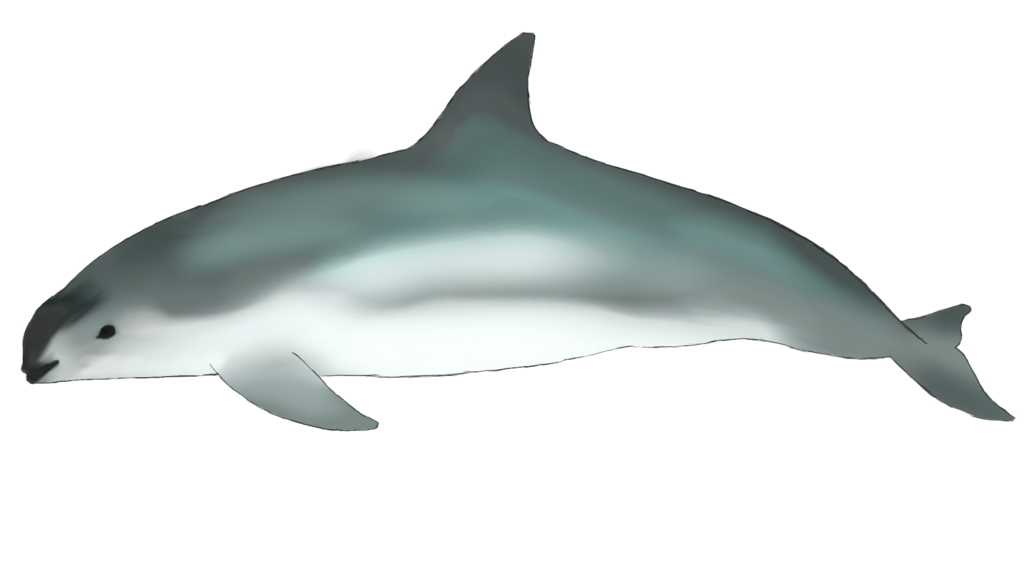
The vaquita is a tiny porpoise species found only in Mexico’s Gulf of California, and it’s considered the most endangered marine mammal in the world. As of the latest estimates, fewer than 10 remain. Their decline is tied to illegal fishing practices, specifically gillnets that trap them by accident. Conservation groups are working on bans, patrols, and new fishing techniques, but time’s running out. If this one disappears, there’s no bringing it back.
3. Aye-aye
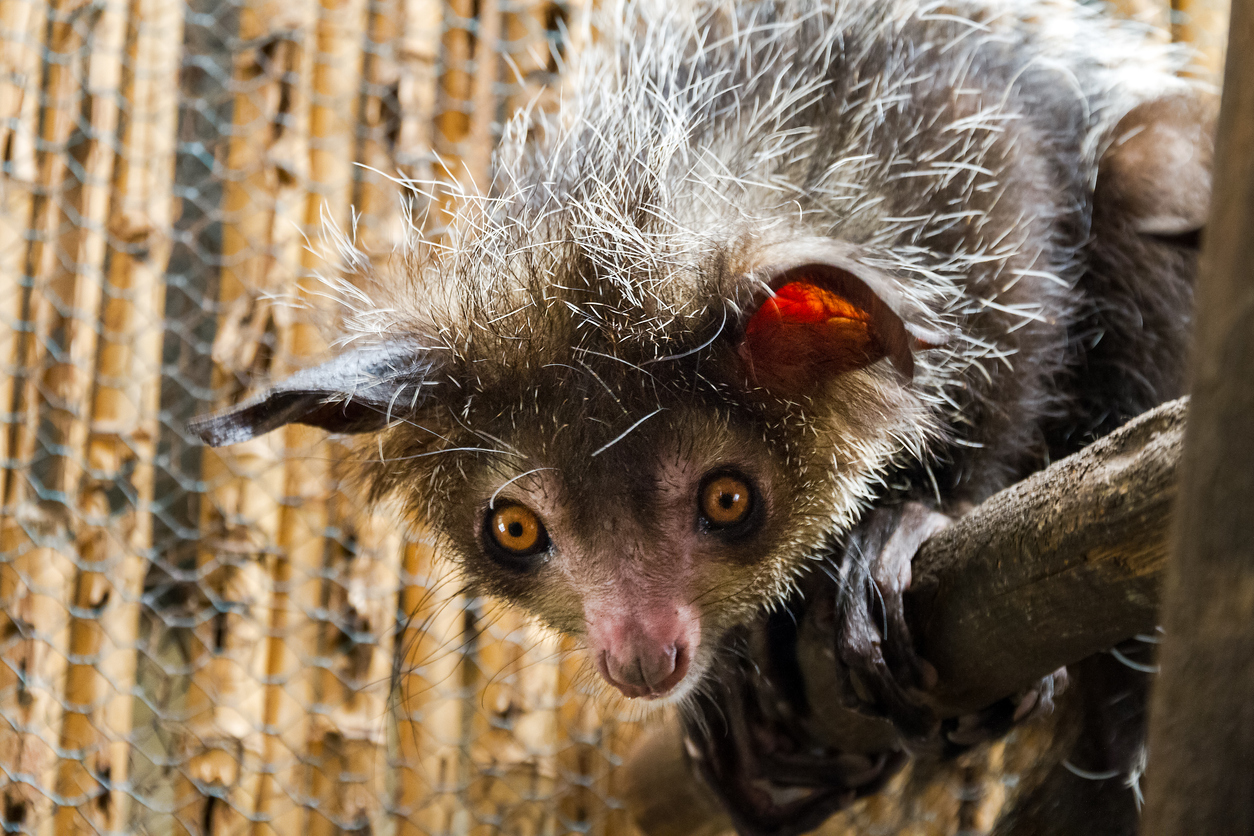
Native to Madagascar, the aye-aye is a nocturnal primate that looks like a gremlin crossed with a lemur. It uses its long, skeletal middle finger to tap on trees and pull out insects, and while that’s incredibly clever, it’s also made it the subject of superstitions and fear in local cultures.
People have historically killed aye-ayes on sight, believing they bring bad luck. Conservation efforts now focus on education and protected reserves where these animals can live without being hunted for just existing.
4. Northern Bald Ibis
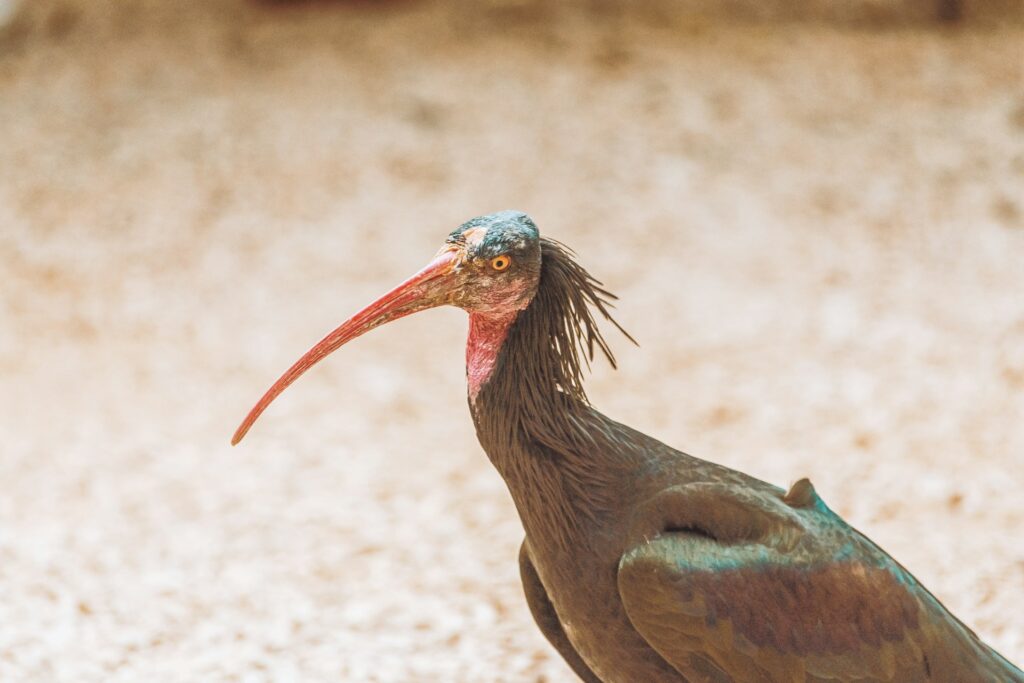
With its bald head, curved red beak, and scruffy feathers, the northern bald ibis looks like a bird that’s had a long night out. Once widespread across Europe, North Africa, and the Middle East, it nearly disappeared entirely.
Reintroduction projects are now underway in Europe, and in Morocco, protected colonies have been given a fighting chance. There’s even a human-led migration project where conservationists teach ibises their migratory routes using microlight aircraft.
5. Amur Leopard

With fewer than 100 individuals left in the wild, the Amur leopard is one of the rarest big cats on Earth. It lives in the Russian Far East, where freezing winters and poaching threats make survival even harder. Conservationists are working to expand protected areas and reduce illegal hunting. Camera traps have helped researchers better understand their behaviour, and there’s hope for a small but steady comeback if efforts continue.
6. Javan Rhino
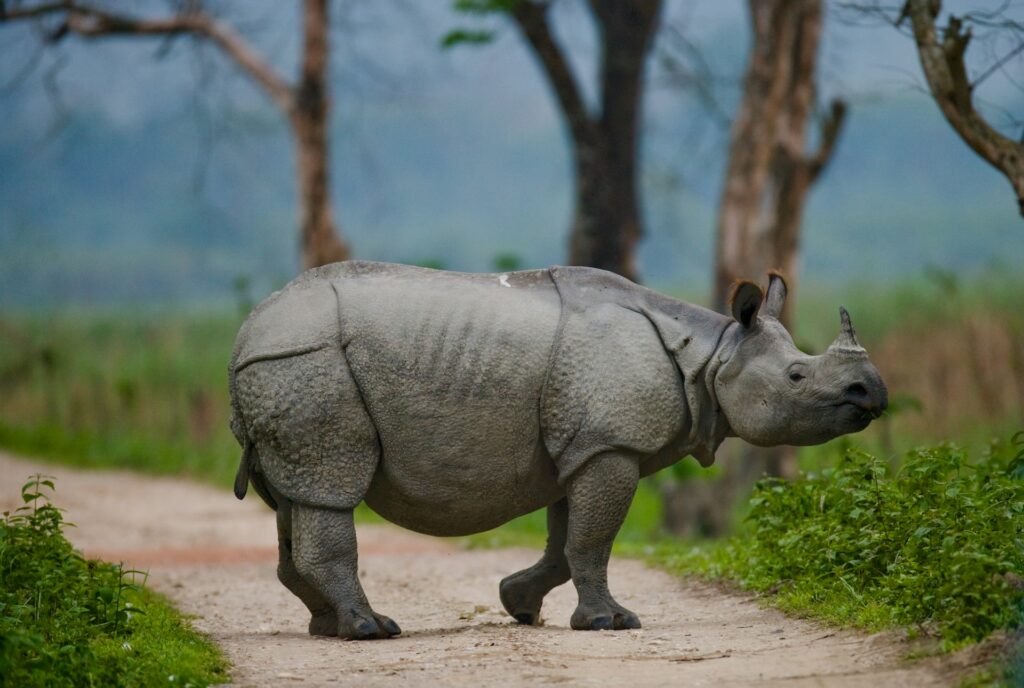
There are only around 70 Javan rhinos left, all in a single park in Indonesia. These rhinos are shy, swamp-loving, and nearly impossible to see in the wild—so rare that not even local scientists get a good look.
Their survival depends on one place: Ujung Kulon National Park. Conservationists are working to expand their habitat, monitor them with camera traps, and prevent poaching. The goal is to create a second population in a new location—but that’s a slow, careful process.
7. Kakapo
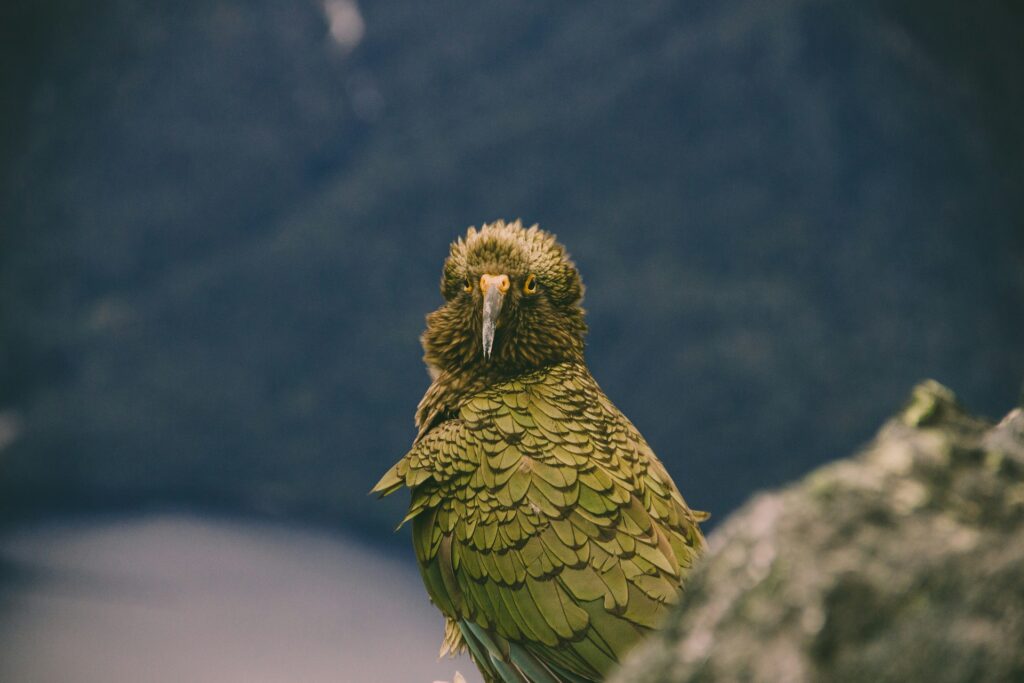
The kakapo is a large, flightless parrot from New Zealand that looks like a fluffy green owl and smells faintly like honey. It’s nocturnal, it waddles more than it walks, and it was almost wiped out by introduced predators like cats and rats.
Thanks to intense conservation work—including hand-rearing chicks and relocating the birds to predator-free islands—the kakapo population is slowly growing. Each bird even has its own name and tracking system. It’s one of the most closely managed species in the world.
8. Pygmy Three-Toed Sloth

These miniature sloths live only on a single island off the coast of Panama—Isla Escudo de Veraguas. They’re smaller than your average sloth and move even more slowly, if that’s possible.
Habitat loss is the main problem here. The island is uninhabited, but deforestation and climate change are creeping in. Conservationists are trying to protect the island’s ecosystem and prevent tourism from disturbing their tiny territory.
9. Hirola (Hunter’s Hartebeest)
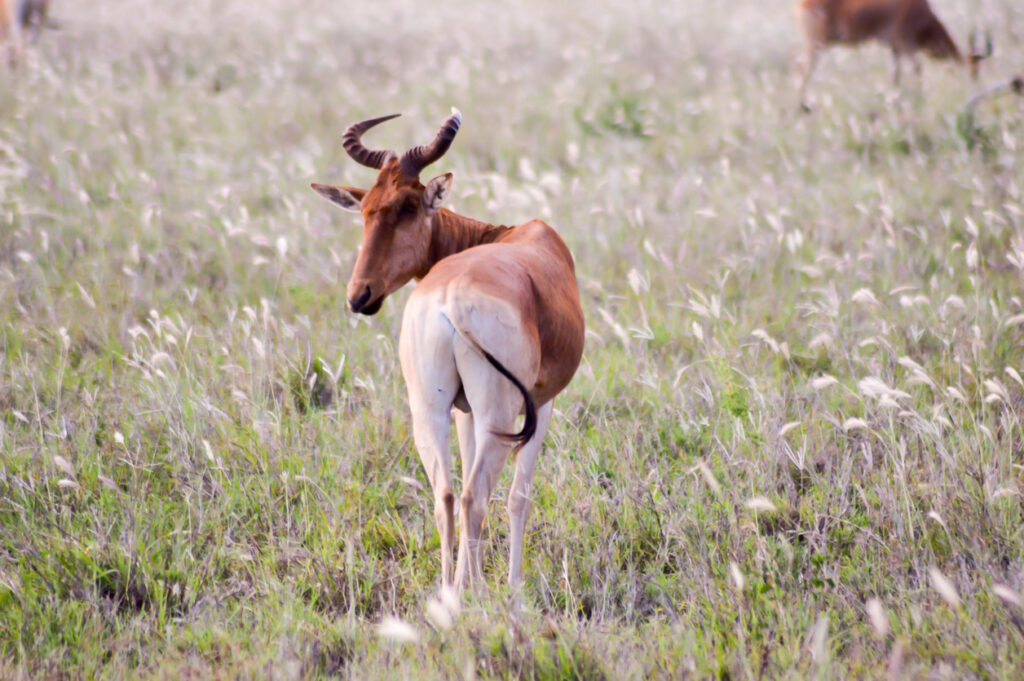
The hirola is a critically endangered antelope found along the Kenya-Somalia border. It has striking facial markings and curved horns, but its population is now dangerously low due to habitat loss, disease, and lack of protected areas. Conservation groups have created fenced reserves to protect them from predators and human interference. There’s hope that these controlled populations can eventually be used to repopulate safer wild zones.
10. Yangtze Giant Softshell Turtle
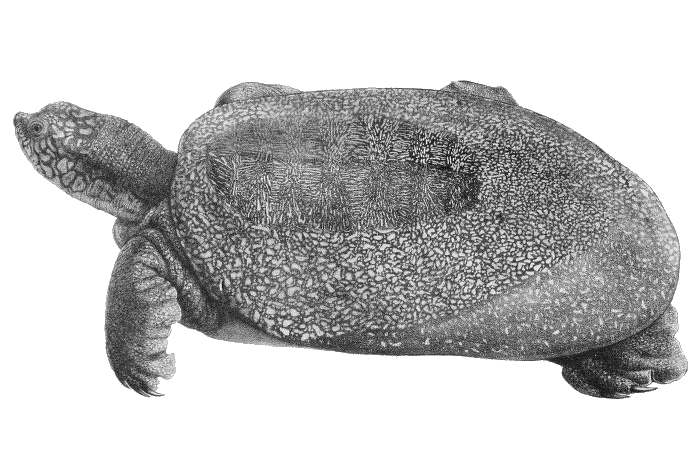
This turtle is so rare that for a while, there were only three known individuals in the world—and they weren’t even the same sex. It’s the largest freshwater turtle alive, and it’s teetering right on the edge of extinction.
Attempts at breeding failed when the last known female died, but researchers are still searching for more turtles in the wild. Until they find one, conservation efforts focus on habitat protection and keeping the remaining individuals alive in captivity.
11. Ili Pika
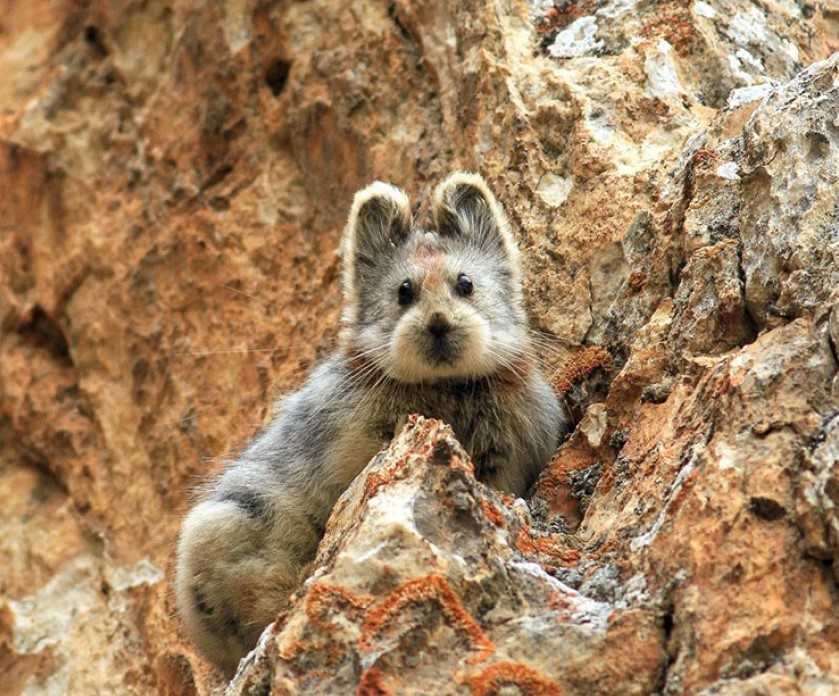
The Ili pika is a tiny mountain-dwelling mammal that looks like a real-life Pokémon. It lives high in the mountains of China and was so elusive that no one had seen one for 20 years—until it was photographed again in 2014. Climate change is shrinking its cold, high-altitude habitat, forcing it to climb higher and higher. Conservationists are trying to map its range and study its behaviour, but there’s still so much we don’t know about it. Awareness is the first step.
12. Red-Crested Tree Rat
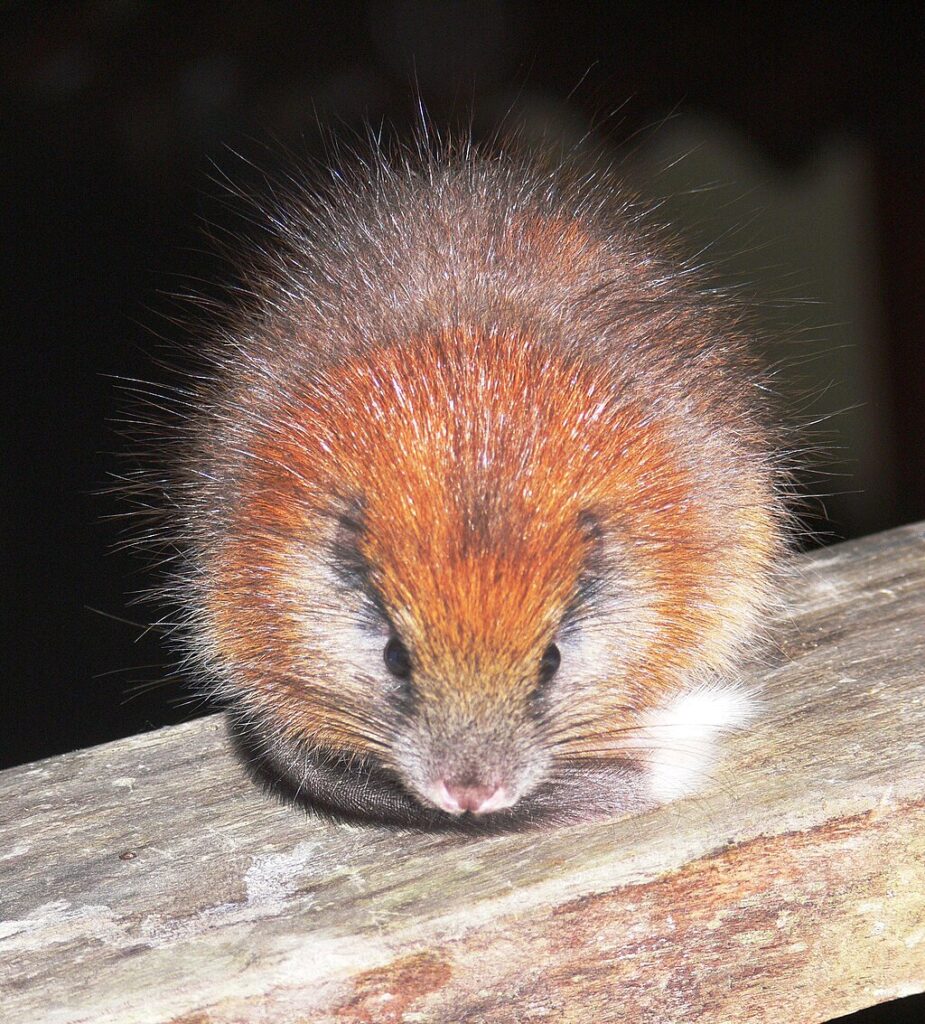
This fuzzy rodent hadn’t been seen for over a century until it casually wandered into a Colombian research station in 2011. It’s now considered critically endangered, but it’s also a reminder that some species aren’t lost—just hiding. Efforts to study and protect it are still early-stage. The hope is that more individuals are out there and that habitat protection can buy enough time for researchers to learn how to help it survive long-term.